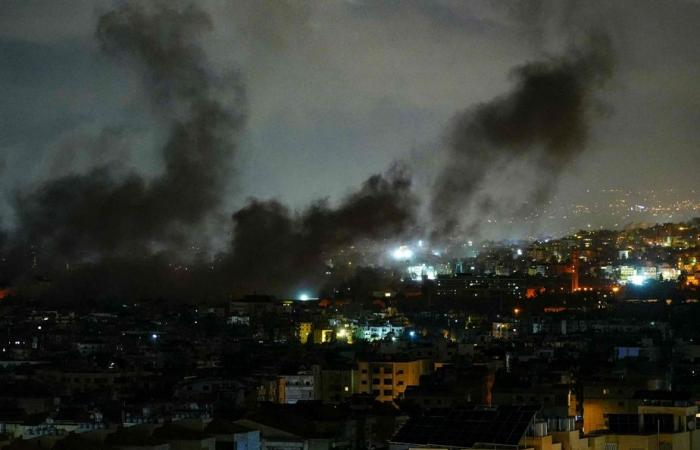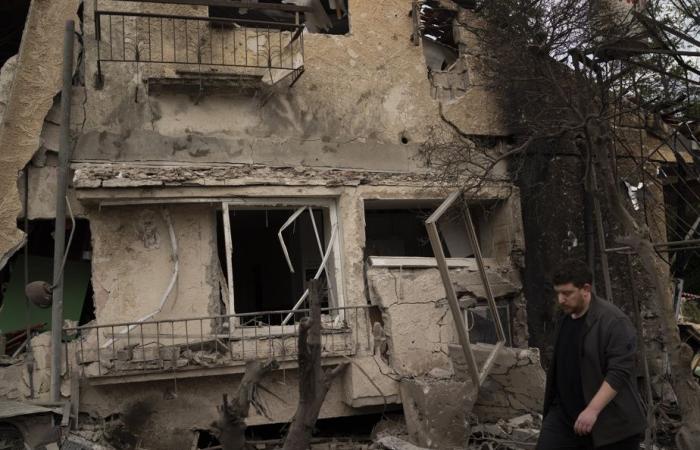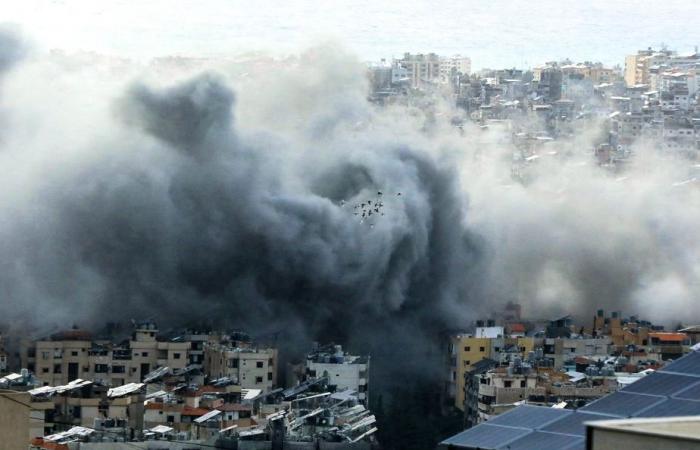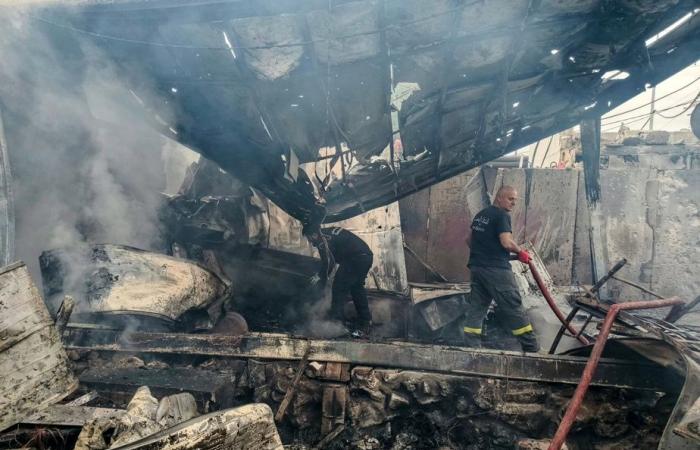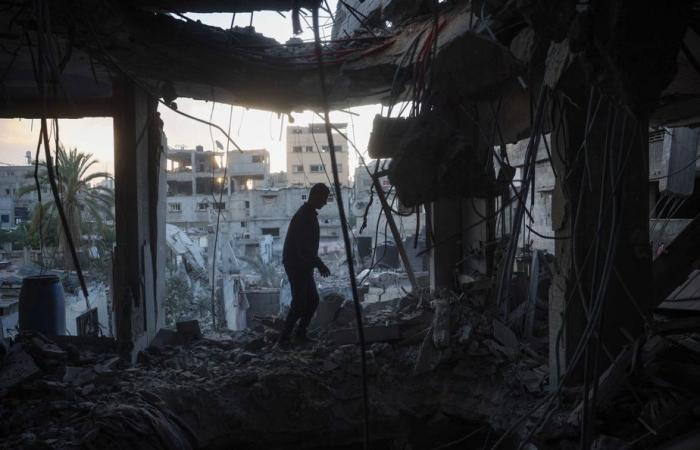(Beirut) Clashes opposed Hezbollah and Israel in southern Lebanon on Sunday, at a time when the Israeli army carried out a series of strikes on the southern suburbs of Beirut, stronghold of the Lebanese movement, which fired around 250 projectiles in the direction of Israeli territory.
Updated yesterday at 4:12 p.m.
Aya ISKANDARANI with Pierre-Henry DESHAYES in Jerusalem
Agence France-Presse
Earlier, the head of European Union diplomacy, Josep Borrell, visiting the capital, called for an “immediate ceasefire” in the war between Israel and Hezbollah, which began two months ago .
The day after a day of particularly deadly Israeli bombings in Lebanon, Hezbollah announced on Sunday several drone and missile attacks against targets and military bases in the Tel Aviv region (Center) and in southern Israel.
In Israel, warning sirens sounded, particularly in the large suburbs of Tel Aviv, the army said, reporting around 250 projectiles fired from neighboring Lebanon.
PHOTO KAWNAT HAJU, AGENCE FRANCE-PRESSE
A photo taken from the southern Lebanese city of Tire shows rockets fired from Lebanon towards Israel, November 24, 2024, as the war between Israel and Lebanese Hezbollah continues.
According to medical sources, at least 11 people were injured, including a man in his sixties who is in “moderate to serious” condition. In the occupied West Bank, 13 Palestinians were also lightly or moderately injured when an interceptor missile fell on several houses in the Tulkarem camp (West).
Hours later, the Lebanese National News Agency (ANI) reported a series of Israeli strikes on the southern suburbs of Beirut, including the neighborhoods of Kaafat, Haret Hreik, Bir al-Abed and Ghobeiry.
The Israeli army then indicated that it had carried out strikes “against 12 Hezbollah command centers” in the southern suburbs of Beirut.
“It’s from buildings [dans la banlieue sud] that Hezbollah […] directs its terrorist activities to harm the citizens of Israel,” she said, accusing the Lebanese Islamist movement of “intentionally” placing its installations among civilians.
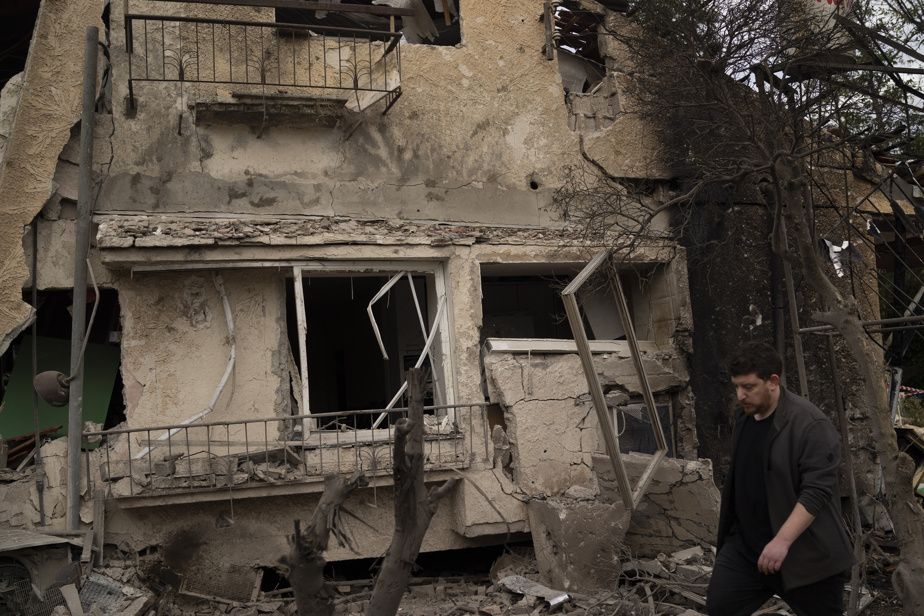
PHOTO LEO CORREA, ASSOCIATED PRESS
A building was damaged by a rocket fired from Lebanon, in Rinatya, a suburb of Tel Aviv, Israel, November 24, 2024.
ANI also reported intense fighting in several southern regions, with “a convoy of 30 Israeli military vehicles retreating” from the Bayada region towards Tayr Harfa, after Hezbollah claimed to have destroyed six Israeli Merkava tanks and launched four salvos of rockets at Israeli troops stationed east of the town of Khiam.
Suspension of classes
In this context, the Lebanese Ministry of Education announced the suspension of face-to-face classes in Beirut and its surroundings on Monday, as well as the possibility of online classes offered until the end of December.
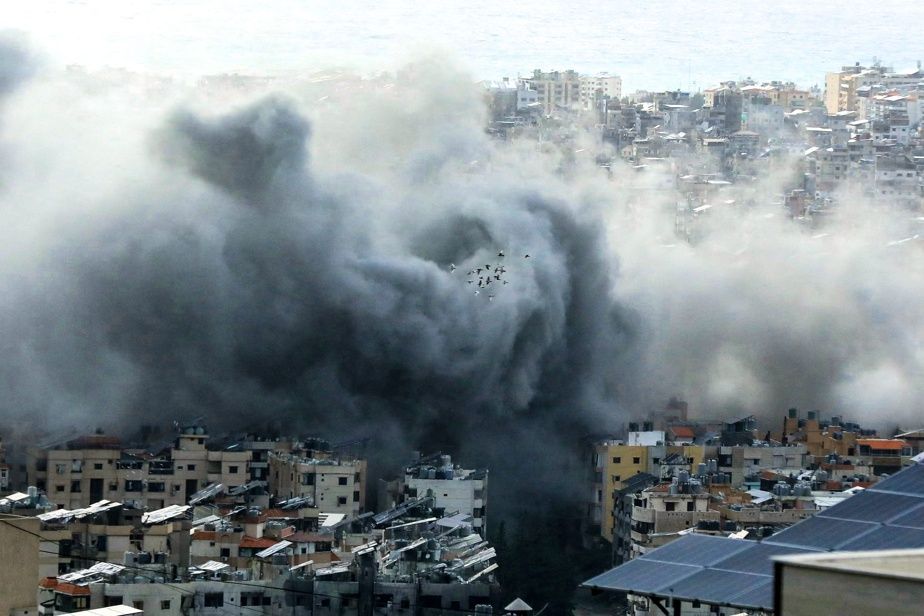
PHOTO AGENCE FRANCE-PRESSE
Smoke rises after an Israeli airstrike targeted an area in the southern suburbs of Beirut, November 24, 2024.
“We see only one possible path: an immediate ceasefire and the full implementation of UN Security Council Resolution 1701,” Mr. Borrell said after his talks with the Lebanese Prime Minister. Najib Mikati and the head of Parliament Nabih Berri.
Resolution 1701, which ended the previous war between Israel and Hezbollah in 2006, stipulates that only the Lebanese army and UN peacekeepers be deployed on Lebanon’s southern border. This implies a withdrawal of Hezbollah, but also that of Israeli soldiers who have been carrying out a ground offensive there since September 30.
Israel says it wants to put Hezbollah and Palestinian Hamas, allies of Iran, its enemy, out of harm’s way. He vowed to destroy Hamas after the unprecedented attack of this Islamist movement on its soil on October 7, 2023, which sparked the war in the Gaza Strip, and seeks to stop Hezbollah’s rocket attacks on its territory .
On October 8, 2023, Hezbollah opened a “support front” for its Palestinian ally, the target of an Israeli retaliatory offensive in Gaza.
After a year of cross-border violence and after having weakened Hamas in Gaza, Israel moved the heart of its operations to Lebanon by launching an intense bombing campaign from September 23 on Hezbollah strongholds.
“We must put pressure on the Israeli government and maintain pressure on Hezbollah so that they accept the American ceasefire proposal,” Mr. Borrell said, stressing that the EU was ready to provide 200 million euros to help strengthen the Lebanese army.
This 13-point proposal, providing for a 60-day truce and the deployment of the army in southern Lebanon, was discussed by American envoy Amos Hochstein who visited Lebanon and Israel this week, without result.
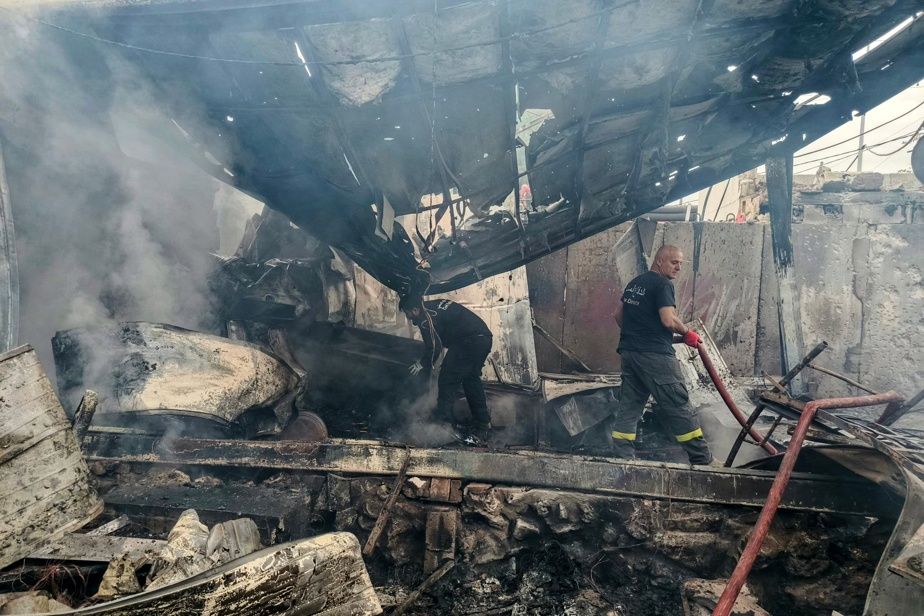
PHOTO KAWNAT HAJU, AGENCE FRANCE-PRESSE
An Israeli airstrike hit a Lebanese army post in Amriyeh, southern Lebanon, on November 24, 2024.
Lebanon’s Health Ministry estimates that at least 3,754 people have been killed in the country since October 2023, most since September of this year.
He said on Sunday that 84 people had been killed in Israeli strikes in different parts of the country the day before, including 29 in a raid that targeted a working-class neighborhood in central Beirut.
On the Israeli side, 82 soldiers and 47 civilians were killed in 13 months.
Eleven dead in Gaza
In the besieged and devastated Gaza Strip, 11 Palestinians died in Israeli strikes, according to local Civil Defense.
The director of Kamel Adwan Hospital, Hossam Abou Safiyeh, was seriously injured in a nighttime drone attack on the establishment in the north, according to the same source.
This hospital is one of the last to still partially function in the Palestinian territory plunged into a humanitarian disaster.
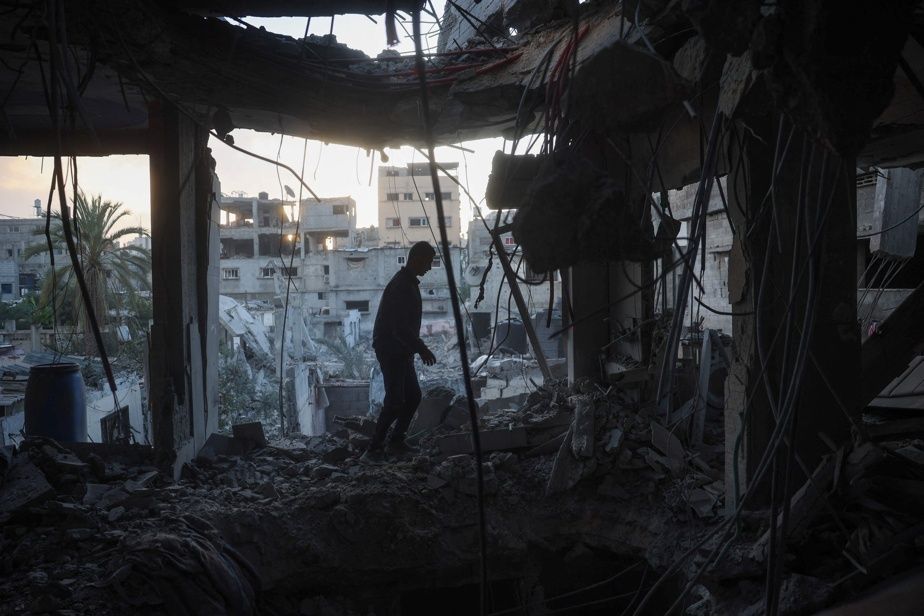
PHOTO EYAD BABA, AGENCE FRANCE-PRESSE
A house was destroyed by an Israeli strike in the Bureij refugee camp in the central Gaza Strip on November 24, 2024.
In response to the Hamas attack on October 7, 2023, Israel launched a devastating military offensive in Gaza which left at least 44,211 dead, mostly civilians, according to data from the Hamas Ministry of Health, deemed reliable by the UN.
The October 7 attack resulted in the deaths of 1,206 people, mostly civilians, according to an AFP count based on official data, including hostages killed or died in captivity. That day, 251 people were kidnapped, 97 of whom remain hostages in Gaza, including 34 declared dead by the army.

